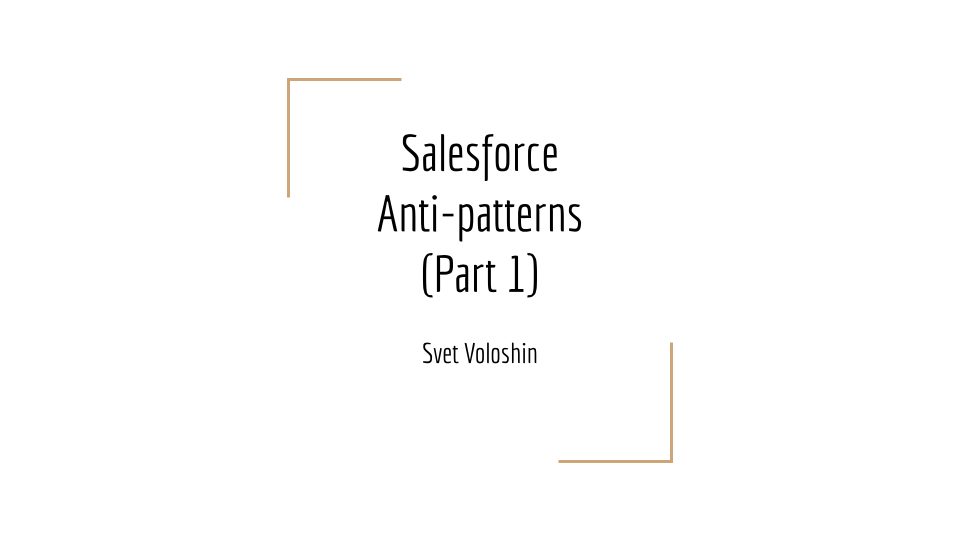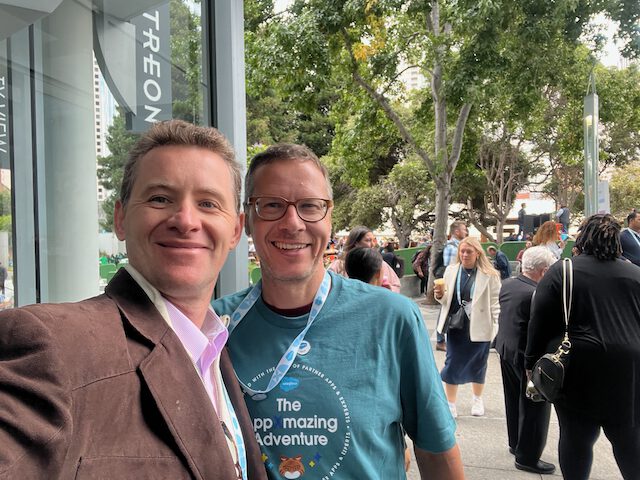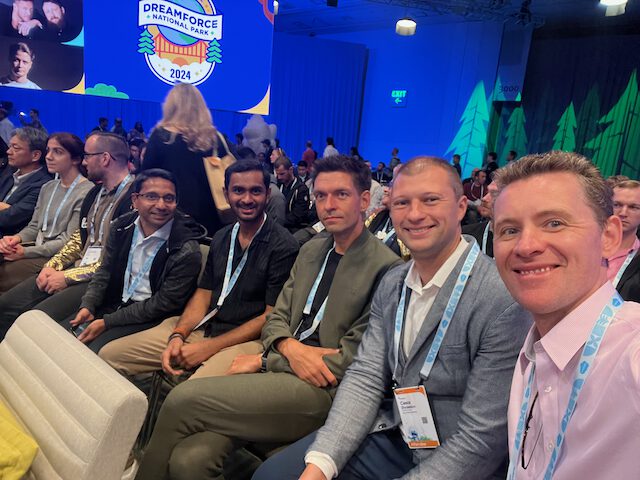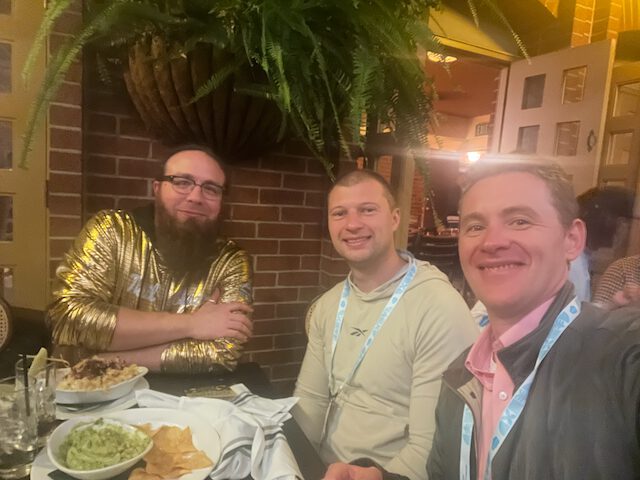Salesforce Anti-patterns (Part 1)

This slide deck reviews common Salesforce anti-patterns, which are recurring issues that can negatively impact a Salesforce ecosystem. The presentation explains the problems caused by these anti-patterns, the potential consequences for businesses, and the best practices to avoid them.
- Anti-patterns: The slide deck covers various anti-patterns, including the “Hero,” “God Object,” “Spaghetti Code,” “Golden Hammer,” “Cargo Cult Programming,” “Design by Committee,” “Stovepipe,” “Big Ball of Mud,” “Intense Coupling,” “Ungoverned Org Proliferation,” “Spaghetti Sharing Model,” misuse of relational databases, “Poor Data Management,” “Excessive Use of Code,” and failure to use roles and profiles appropriately or provide ongoing training.
- Consequences: The presentation highlights the potential consequences of these anti-patterns, such as reduced efficiency, increased costs, poor user experience, data quality issues, security risks, reduced scalability, and upgrade challenges. It also provides specific examples and case studies to illustrate the impact of these anti-patterns on businesses.
- Best Practices: The slide deck offers best practices to avoid anti-patterns, including leveraging built-in features, using sandboxes for development, implementing version control, following naming conventions, writing unit tests, optimizing for performance, adhering to security best practices, documenting code and configurations, and the importance of continuous learning and training.
- Governance: The presentation emphasizes the role of governance in avoiding anti-patterns and ensuring the success of Salesforce implementations. It suggests establishing a clear decision-making process, setting standards and guidelines, conducting regular reviews and audits, enforcing change management, providing training and education, and focusing on user experience and data governance.
Overall, this slide deck provides valuable insights into common Salesforce anti-patterns and offers practical guidance on how to avoid them. By following the best practices and implementing a strong governance framework, businesses can ensure a secure, efficient, and user-friendly Salesforce environment that effectively supports their needs.



























